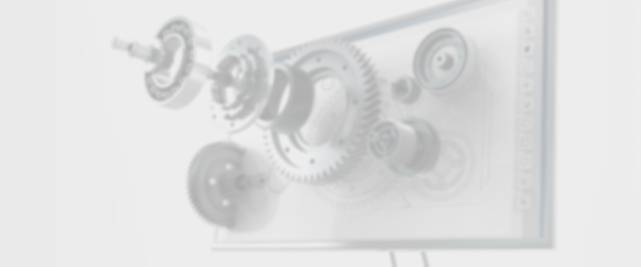Oct . 18, 2024 20:24 Back to list
how to replace rear brake drums
How to Replace Rear Brake Drums A Step-by-Step Guide
Maintaining the braking system of your vehicle is crucial for safety and performance. Over time, rear brake drums wear down and may require replacement. If you notice signs such as unusual noises, vibrations, or decreased braking performance, it’s time to consider replacing your rear brake drums. This article will guide you through the process step by step.
Tools and Materials Needed
Before you begin, gather the necessary tools and materials
1. Tools - Jack and jack stands - Tire iron - Brake drum puller (if needed) - Wrench set - Screwdrivers (flathead and Phillips) - Clean cloth or rags - Brake cleaner - Torque wrench
2. Materials - New brake drums - New brake shoes (recommended) - Brake grease - Dust mask and safety glasses
Safety First
Working on your vehicle can be hazardous. Make sure you wear appropriate safety gear, including gloves, safety glasses, and a dust mask. Always work in a well-ventilated area and ensure the vehicle is on a flat surface.
Step 1 Prepare Your Vehicle
1. Loosen the Lug Nuts Using a tire iron, slightly loosen the lug nuts on the rear wheels of your vehicle while it’s still on the ground. 2. Lift the Vehicle Use the jack to lift the rear of the vehicle and place jack stands under the vehicle's support points to ensure stability.
3. Remove the Wheels Completely remove the loosened lug nuts and take off the wheels to expose the brake drums.
Step 2 Remove the Brake Drums
1. Inspect the Brake Components Before removing the drums, take a moment to inspect the brake shoes and hardware. If the brake shoes are worn, it’s advisable to replace them at the same time.
2. Remove the Brake Drum Gently pull the brake drum straight off the wheel hub. If it’s stuck due to rust or debris, a brake drum puller may be necessary. Follow the manufacturer's instructions for using the tool.
how to replace rear brake drums

3. Check for Wear Once the drum is off, inspect the inner surface for scoring or significant wear. Any noticeable damage is an indicator that it’s time to replace the drum.
Step 3 Install New Brake Drums
1. Clean the Braking Surface Use brake cleaner to clean the wheel hub and the inner surface of the new brake drum to remove any dust and oil that may affect performance.
2. Apply Brake Grease Apply a thin layer of brake grease to the backing plate where the shoes will contact it, which will help reduce noise and ensure smooth operation.
3. Install New Brake Shoes (if applicable) If you’re replacing the brake shoes, follow the manufacturer’s instructions for installation. Make sure they are positioned correctly and that all springs and clips are secured.
4. Mount the New Brake Drum Fit the new brake drum onto the hub. It should slide on easily. If it does not, check for any obstructions.
5. Secure with Lug Nuts Hand-tighten the lug nuts onto the drum before lowering the vehicle.
Step 4 Reassemble and Test
1. Lower the Vehicle Carefully remove the jack stands and lower the vehicle to the ground. Once secure, fully tighten the lug nuts in a crisscross pattern using a torque wrench to the manufacturer’s specifications.
2. Test the Brakes Before driving, pump the brake pedal several times to seat the brake shoes against the drum. This ensures proper engagement and operation.
3. Check for Noises After driving for a short distance, listen for any abnormal noises. If everything sounds and feels right, you’ve successfully replaced your rear brake drums.
Conclusion
Replacing rear brake drums can seem daunting, but by following these steps, you can accomplish this task safely and effectively. Remember, if at any point you feel unsure or uncomfortable, it’s always best to seek the help of a professional mechanic. Regular maintenance of your brake system not only enhances safety but also extends the life of your vehicle.
-
ROR Web Development: Build Fast, Scalable, Secure Apps
NewsAug.17,2025
-
Scania Brake Drums: OEM Quality for Optimal Safety & Durability
NewsAug.16,2025
-
R.V.I: Advanced Remote Visual Inspection for Precision
NewsAug.15,2025
-
Discover HYUNDA: Innovative Vehicles, Equipment & Solutions
NewsAug.14,2025
-
R.V.I: Unlock Advanced Insights & Real-time Performance
NewsAug.13,2025
-
Kamaz Brake Drum: Durable & Reliable for Heavy Duty Trucks
NewsAug.12,2025
